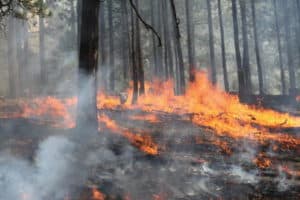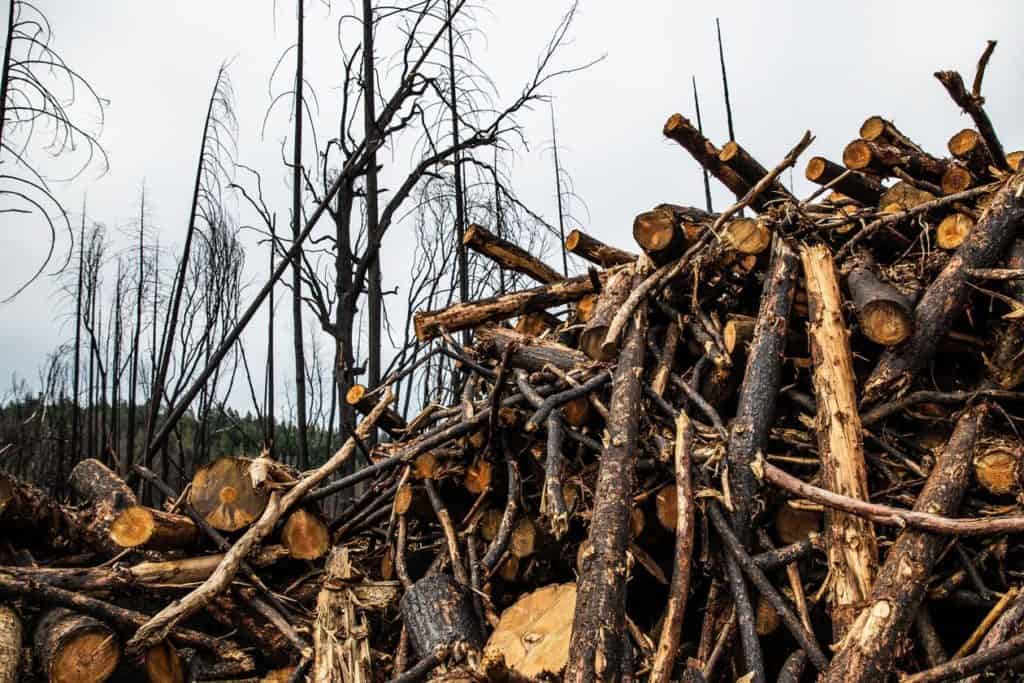Joey Bunch of Colorado Politics has yet another set of numbers 25 to Grand Junction and 85 to Colorado. Here’s his article.
Apparently, Bunch got his info from this letter to Senator Murkowski.
It looks to me like they are relocating 222 positions, but not all to Colorado. The letter even has a table of who is going to go where, and they explain their rationale. Certainly, you can disagree with it, but they do have one. It must also be noted that big funders are going after Senator Gardner, whose Senate seat is vulnerable, which attracts political funding like crows on an elk carcass. And yet, Senator Bennet also supports it, as does Conservation Colorado, as you can see below. Interesting that you might miss these aspects if you read The Hill version of the same story (with lots of quotes from Grijalva). (It makes me wonder what other stories might not be as partisan as they seem to be when covered by coastal press). The below excerpts are from the Colorado Politics article.
Of the 85 positions that could be moved to Colorado, 54 would be divided between the state’s existing BLM field offices and its National Operations Center at the federal office complex in Lakewood, which already employs about 500 people.
“Colorado has a diverse number of resource needs, ranging from minerals to recreation, while also serving as a hub for the Bureau’s Geographic Information Systems (GIS) projects and priorities,” the BLM letter said. “As such, positions from nearly every directorate will be located in the Lakewood offices.”
BLM employs about 9,260 workers scattered across field offices mostly in the West. Besides Colorado, about 50 positions each would move to field offices in Utah and Nevada, said Sen. Rob Bishop, a Republican who chairs the House Natural Resources Committee.
Conservation Colorado, the state’s largest environmental group, praised the move, saying it would help the local economy and put agency leaders closer to the lands they manage. But the group criticized Gardner.
“It’s no surprise the Bureau of Land Management wants to relocate to Grand Junction. With a fantastic quality of life supported by our stunning public lands, the location is a no-brainer,” said a statement by Erin Riccio, Conservation Colorado’s Western Slope field organizer.
My bolding of Conservation Colorado’s statement.





